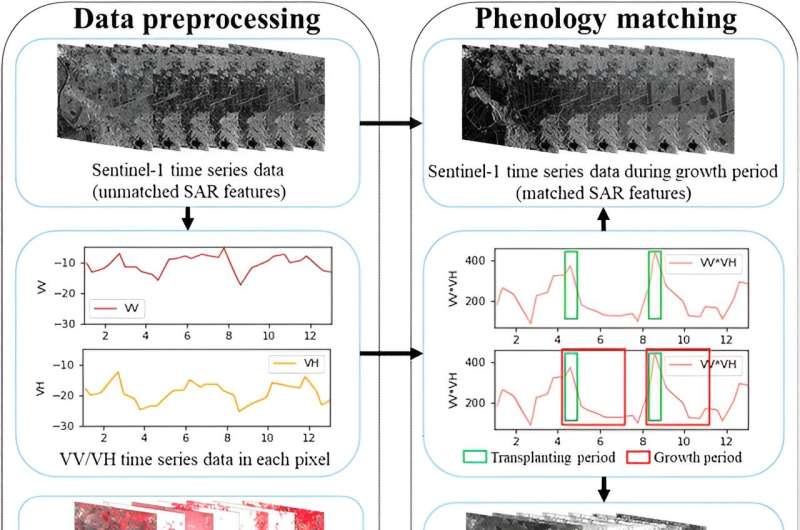
A primary output of agriculture is food, an energy source for the human body. But agriculture also requires energy inputs.
Kajwan Rasul and colleagues calculated the global energy return on investment for agriculture over time from 1995 to 2019. The authors constructed a model using two existing models, one that captures the energy use of agriculture and food processing and another that captures flows of agricultural commodities. The work is published in the journal PNAS Nexus.
The authors find that the return on energy investment for global agriculture has increased from .68 to .91 over the study period. However, the ratio seems to have plateaued since around 2014.
Despite the overall improvement in efficiency, the return on investment is still less than one, indicating that more energy is required to grow food than what food provides in the form of calories. This status reflects the use of fossil fuels, especially in food processing, which accounts for 40% of the total energy use in the global agrifood system.


Animal-based products are particularly energy-hungry, accounting for 60% of the energy used in the global agrifood system but providing just 18% of the calories. However, more than two-thirds of people live in regions where the energy return on investment is higher than one, such as Western, Central, and Eastern Africa or Eastern, Southern, and South-eastern Asia.
Click here to see more...